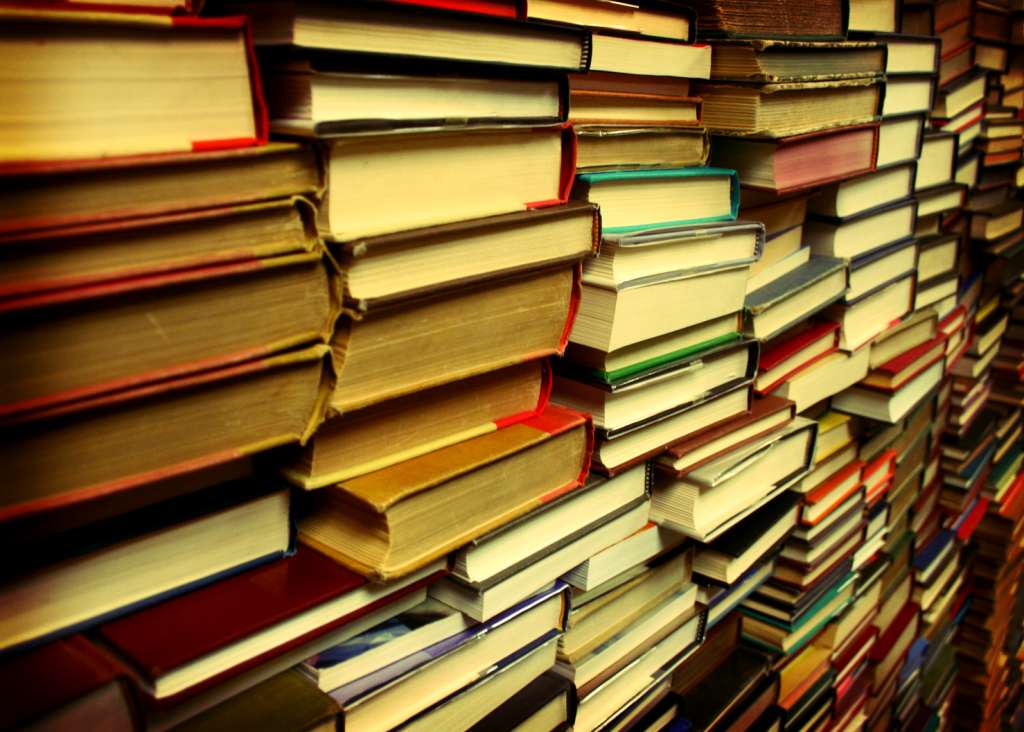The days of carefully flipping through the pages of ancient books with the nagging fear of instilling damage to the artefact may soon be coming to an end. Scientists from MIT (Massachusetts Institute of Technology) and Georgia Tech (Georgia Institute of Technology have come together to develop a new technology that will allow users to read a book without having to open it. The results were published in the scientific journal, Nature Communications.

The system, which is yet in the early stages of development, yielded positive outcome upon being tested out recently. Upon its use on a stack of newspapers with one letter printed on each, the system was able to identify the letters printed on the top nine sheets correctly. The scientists stated that the system could be useful to analyse any materials organised in thin layers, like on coatings on machine parts and others. The project has invited a lot of interest from the Metropolitan Museum in New York, who think that the new system will be of monumental help in looking at some antique books that are too fragile even to touch, added the team.
The system functions on a set of algorithms that read images from individual sheets of paper put up in a stack and interprets the distorted images from the stack as individual letters. “A lot of websites have these letter certifications (captchas) to make sure you’re not a robot, and this algorithm can get through a lot of them,” said Barmak Heshmat, an MIT scientist.
The system uses terahertz radiation, which unlike X-ray, can distinguish between printed and blank parts on paper. In the process, a terahertz camera emits ultrashort bursts of radiation, the reflections from which are picked up by the built-in sensor. The system can read the distance to the individual pages of a book from the time that a reflection takes to travel back to the sensor.
In its present stage, the system can only read up to nine pages in a stack correctly, beyond which the signals become too weak to interpret the results correctly. However, the results are far from being disheartening as the technology is still very new and scientists are hopeful that with further improvement, deeper readings could indeed be possible.